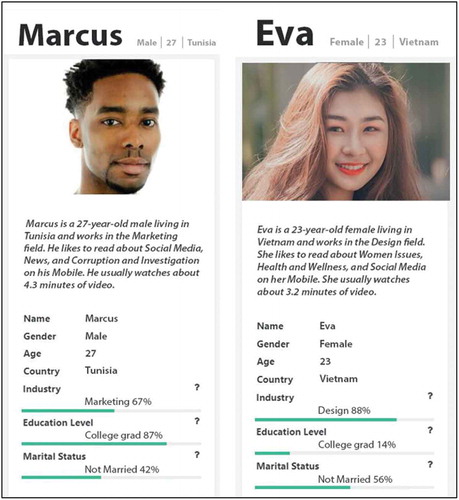Figures & data
Table 1. Research hypotheses and rationales for each
Figure 1. Transparent persona “Eva”. The participants were provided a full-sized image that shows each section of the persona profile and the accompanying explanations clearly. Another persona, “Marcus”, was created that only differed by demographic attributes and picture. The explanations were detailed considering the space limitations of the persona profile
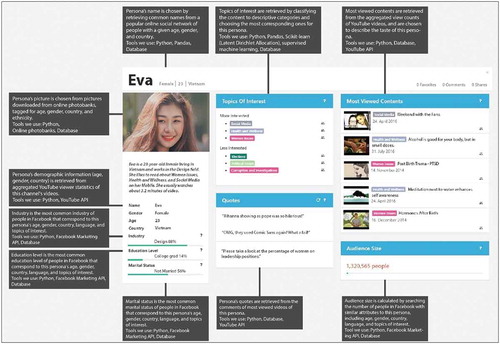
Table 2. Explanations provided to participants for the attributes of the persona profiles
Figure 2. Matrix decomposition carried out using NMF. Matrix V is decomposed into W and H. g denotes demographic groups in the dataset, c denotes content (e.g., videos), and p is the number of latent interaction patterns that are used to create the personas
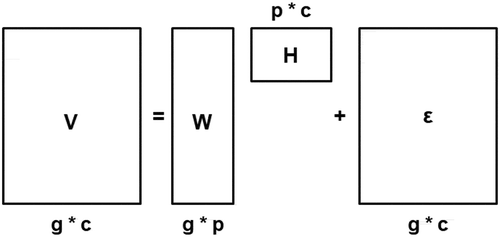
Figure 3. Flow 1. Two personas were shown to participants, such that the participants were randomly assigned to counter-balanced flows (Flow 1: Showing Male persona first, then Female persona; Flow 2: vice versa). Either of the personas always had explanations enabled
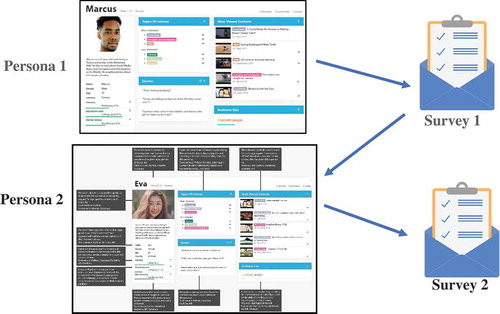
Table 3. Constructs and items. These are based on prior work reported in Salminen et al. (Citation2018) that also addressed scale reliability and validity. α = Cronbach’s alpha
Table 4. Descriptive information about the participants
Table 5. Univariate tests for within-subjects effects of nontransparent and transparent persona profiles (df(error) = 1 (439))
Table 6. Univariate tests for between-subjects effects of nontransparent and transparent persona profiles controlling for the gender of the persona (df(error) = 1 (439))
Table 7. Univariate tests for within-subjects effects of nontransparent and transparent persona profiles (df(error) = 1 (439))
Table 8. Hypothesis results. Positive support is denoted with (✓) and lack of support with (-)
Figure 4. Eve Persona Profile without explanations. The use of more detailed explanations in the profile of Eve had a positive effect on Completeness and Empathy of the female persona
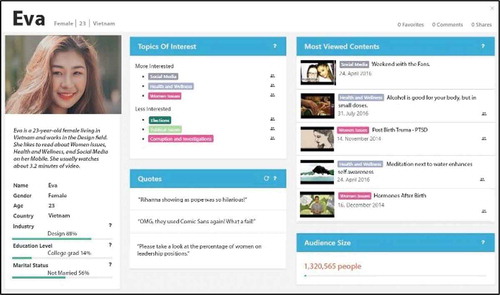
Figure 5. The racial difference between the personas may be a confounding factor in the analysis of the persona’s gender and effect on perceptions, with Marcus being black and Eva being Asian. This is an area for future research
